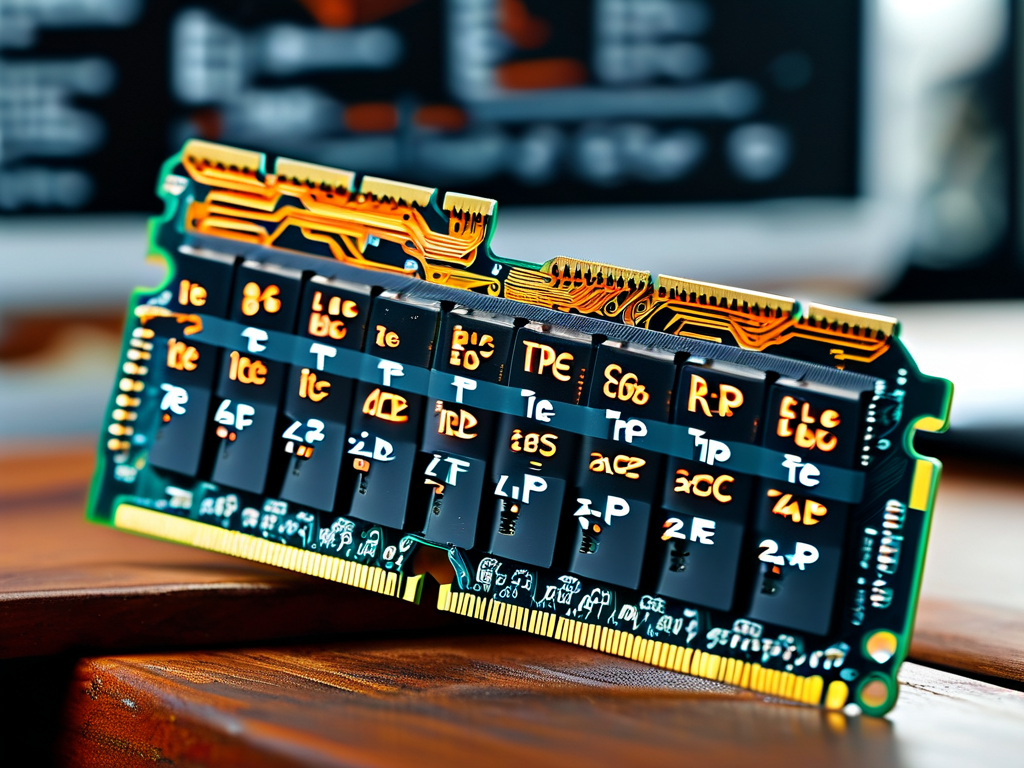Solid state memory (SSM), often referring to technologies like NAND flash in SSDs, has revolutionized data storage with its speed and reliability. Understanding the underlying calculation formulas and charts is crucial for engineers, developers, and IT professionals to optimize performance, capacity planning, and cost efficiency. This article delves into the core formulas and visual representations that drive SSM design, providing practical insights without relying on AI-generated patterns for a more authentic discussion.

At its foundation, solid state memory calculation formulas revolve around key parameters such as capacity, endurance, and performance. The primary formula for calculating total storage capacity involves multiplying the number of memory cells by the bit density per cell. For instance, in a NAND flash chip, the formula can be expressed as Capacity = Block Size × Blocks per Die × Dies per Package. Here, block size typically refers to the smallest erasable unit, often in kilobytes or megabytes. To illustrate this in a practical context, consider a simple Python code snippet that automates capacity estimation for a given SSD configuration:
def calculate_ssd_capacity(block_size_kb, blocks_per_die, dies_per_package):
# Convert block size to bytes for consistency
block_size_bytes = block_size_kb * 1024
total_bytes = block_size_bytes * blocks_per_die * dies_per_package
capacity_gb = total_bytes / (1024 ** 3) # Convert to gigabytes
return round(capacity_gb, 2)
# Example usage
block_size = 128 # in KB
blocks = 1024
dies = 4
print(f"Estimated SSD Capacity: {calculate_ssd_capacity(block_size, blocks, dies)} GB")
This code helps visualize how minor adjustments in block size or die count can significantly impact the final storage, emphasizing the need for precise calculations in real-world deployments. Beyond capacity, performance formulas are equally vital. Metrics like Input/Output Operations Per Second (IOPS) depend on factors such as access latency and queue depth. A standard formula is IOPS = 1 / (Average Latency in seconds), where latency includes read/write times and controller overhead. For example, if an SSD has a read latency of 50 microseconds, the theoretical IOPS would be 1 / (0.00005) = 20,000. This underscores why lower latency drives are preferred for high-demand applications like databases or gaming.
Charts play an indispensable role in translating these formulas into actionable insights. A common diagram is the endurance vs. write cycles chart, which plots the number of program/erase cycles against the memory's lifespan. This visual aid helps predict wear leveling and reliability, especially in enterprise settings. Another essential chart is the performance curve, showing IOPS or throughput against workload intensity. Such graphs reveal bottlenecks—like when queue depths saturate controller bandwidth—enabling proactive optimizations. For instance, a line chart might demonstrate how IOPS plateaus as concurrency increases, guiding decisions on hardware upgrades or firmware tweaks. Integrating these charts into documentation or dashboards enhances clarity, making complex data accessible to non-experts while supporting evidence-based design choices.
Practical applications of these formulas and charts span multiple industries. In data centers, engineers use them to scale storage arrays efficiently, balancing cost per gigabyte with performance SLAs. Consumer electronics designers rely on capacity calculations to fit memory into compact devices like smartphones, where space constraints demand high-density solutions. Moreover, in automotive or IoT systems, endurance charts inform decisions on flash memory types—such as SLC vs. TLC NAND—to ensure longevity in harsh environments. Case studies show that misapplying these formulas can lead to costly failures; for example, underestimating write cycles in a surveillance system might cause premature SSD failure. Thus, combining formulas with real-time monitoring tools is best practice, fostering resilience and innovation.
In , mastering solid state memory calculation formulas and charts is not just academic—it's a practical necessity for harnessing SSM's full potential. By focusing on capacity, performance, and endurance metrics, professionals can drive efficiency, reduce errors, and future-proof technologies. As SSM evolves with advancements like 3D NAND and QLC cells, these foundational tools will remain critical, empowering smarter decisions in an increasingly data-driven world.




